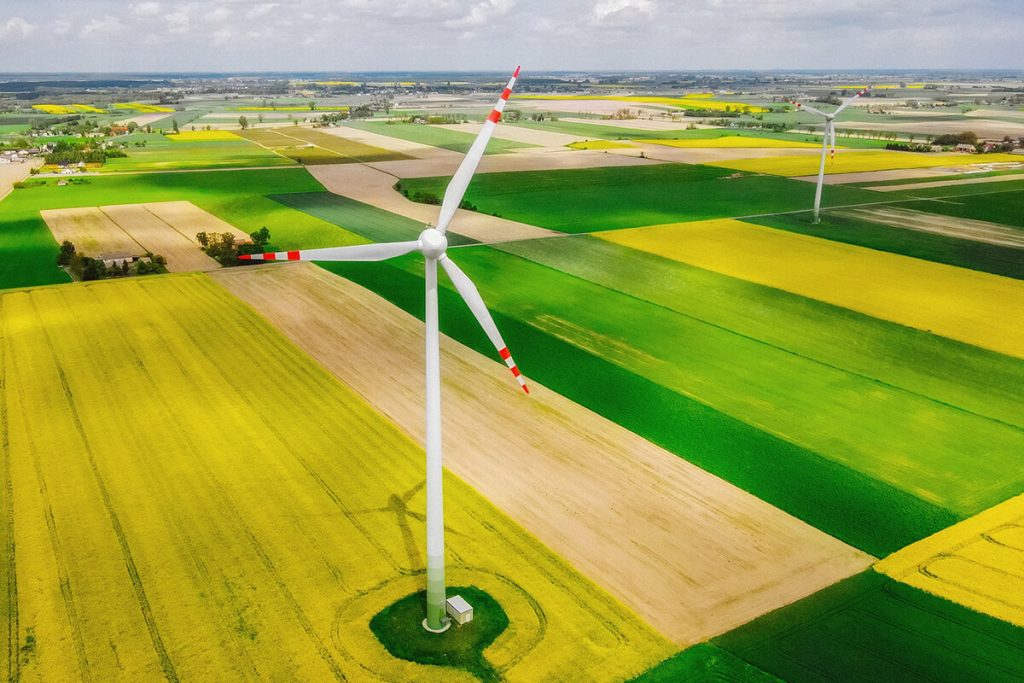Capstone Energy Management
Steam Trap Testing
Capstone Energy Management
For many industrial energy users, the generation and use of saturated steam is the single largest use of energy on site, often accounting for 100% of the sites Scope 1 carbon emissions.
Steam traps are vital for maintaining efficient steam systems by discharging condensate and non-condensable gases while preventing steam loss. However, over time, steam traps can fail, leading to significant steam loss, system inefficiencies and potential damage to your equipment. According to the US Department of Energy [Energy Tips, Steam Tip Sheet No.1]: “In steam systems that have not been maintained in 3 to 5 years, between 15% to 30% of the installed steam traps may have failed – thus allowing live steam to escape into the condensate return system.”


Benefits of steam trap testing:
- Operational Efficiency: Optimize steam system efficiency by identifying and repairing faulty traps, reducing steam loss to atmosphere and energy waste.
- Cost Savings: Lower energy costs through improved steam system performance and reduced energy consumption.
- Process Reliability: Ensure consistent steam supply to processes, minimizing downtime and production interruptions.
- Equipment Longevity: Extend the lifespan of steam system components by maintaining optimal operating conditions.
- Risk Management: Mitigate risks associated with steam system failures, ensuring operational continuity and safety.
EEOS Financial Support
Energy credits can now be claimed for the energy use avoided as a result of the replacing passing steam traps.
The determination of site energy savings resulting from the replacement of faulty steam traps, can be claimed as energy savings under the Energy Efficiency Obligation Scheme (EEOS).
At Capstone Energy Management, we employ advanced ultrasonic and thermal imaging technology to perform detailed steam trap surveys. Each faulty steam trap is tagged and a comprehensive report is compiled detailing the tag number, location, steam trap type and size, failure mode and cost analysis.
As part of the service Capstone can handle the EEOS payment process for you, ensuring your business receives the maximum payment for energy credits under the EEOS scheme.

Example
Analyzing the cost of a leaking steam trap
Leaking Steam Trap Discharge Rate* | ||||
Trap Orifice Diameter, mm (inches) | Steam Loss, kg/hr | |||
Steam Pressure, psig | ||||
15 | 100 | 150 | 300 | |
0.8 (1/32) | 0.39 | 1.5 | 2.18 | – |
1.6 (1/16) | 1.54 | 5.99 | 8.57 | 16.4 |
3.175 (1/8) | 6.21 | 23.95 | 34.4 | 65.8 |
4.76 (3/16) | 13.9 | 54 | 77.1 | 148 |
6.35 (1/4) | 24.8 | 95.7 | 137.44 | 263 |
9.525 (3/8) | 55.8 | 215.5 | 309 | 591 |
*From the Boiler Efficiency Institute. Steam is discharging to atmospheric pressure through a re-entrant orifice with a coefficient of discharge equal to 0.72.
In a plant where the steam generation cost is €21.50 per tonne (€21.50/1,000 kg), an inspection program indicates that a trap on a 150-pound-per-square-inch-gauge (psig) steam line is stuck open. The trap orifice is 1/8th inch in diameter. The table shows the estimated steam loss as 34.4 kg per hour (kg/hr). After the failed trap is repaired, annual savings are:
Annual Savings = (34.4 kg/hr x 8,760 hr/yr)/1000 x €21.50/1,000kg
= € 6,478
Let's Get Started
Take Action Today
Contact Capstone Energy Management to schedule your Steam Trap Survey and Testing Service.
Happy Clients
Customer Reviews
Working with James was transformative for our company’s energy efficiency goals. He brought an incredible level of expertise to our project, helping us identify energy-saving opportunities we hadn’t considered before. James and his team conducted a thorough Energy Balance Study that highlighted key areas for improvement, and his recommendations were spot on. Thanks to his guidance, we’ve been able to achieve significant reductions in energy use and emissions, all while cutting costs. His professionalism, dedication, and insight made him an invaluable partner in our sustainability journey.
★ ★ ★ ★ ★ 
James Conroy from Capstone Energy Management truly exceeded our expectations. As our appointed EED expert, he guided us through each phase of the project, providing clear and actionable insights. James was hands-on in helping us upgrade our compressed air system and integrate a CHP economiser, which resulted in substantial energy and cost savings. What stood out most was his commitment to understanding our unique operational needs and tailoring solutions accordingly. With James’ support, we not only met but exceeded our energy efficiency targets, achieving quicker payback periods than anticipated.
★ ★ ★ ★ ★ 
James’s expertise and strategic approach to energy efficiency made all the difference in our project. He carefully analyzed our site’s energy usage, uncovering savings opportunities we hadn’t previously recognized. With his guidance, we executed a two-phase upgrade, each step meticulously planned and executed. The energy savings and emissions reductions we achieved have had a huge impact on our sustainability goals. James was a pleasure to work with—reliable, knowledgeable, and always ready to address any questions we had. We highly recommend him to anyone looking to make meaningful improvements in energy efficiency.
★ ★ ★ ★ ★ 
I can’t speak highly enough of James’s work with us. From the initial energy audit to the completion of two EXEED-certified phases, James was there every step of the way, providing insights and expertise that were crucial to our success. His guidance on our compressed air and CHP upgrades not only improved our energy efficiency but also delivered tangible cost savings. Thanks to James, our project ran smoothly, on schedule, and yielded greater savings than we expected. His dedication to achieving top results and his depth of knowledge make him an exceptional energy management partner.
★ ★ ★ ★ ★ 
James Conroy brought incredible value to our energy efficiency project. His deep understanding of energy management and the EXEED certification process made a complex undertaking feel seamless. From the outset, James identified high-impact areas for improvement through a comprehensive Energy Balance Study, which laid the foundation for a successful upgrade to our systems. His recommendations were instrumental in reducing our energy costs and cutting emissions, aligning perfectly with our sustainability objectives. James was proactive, approachable, and committed to helping us achieve the best outcomes.
★ ★ ★ ★ ★ 
Previous
Next

